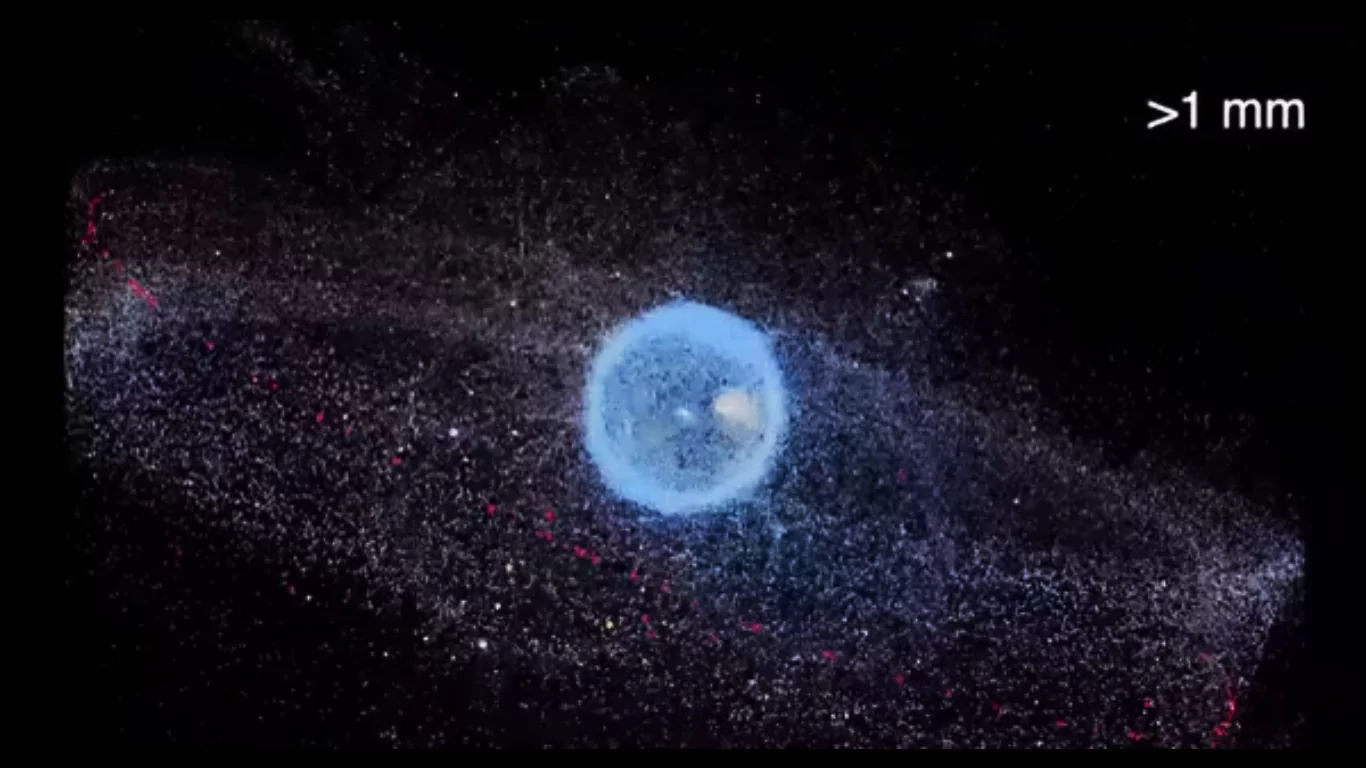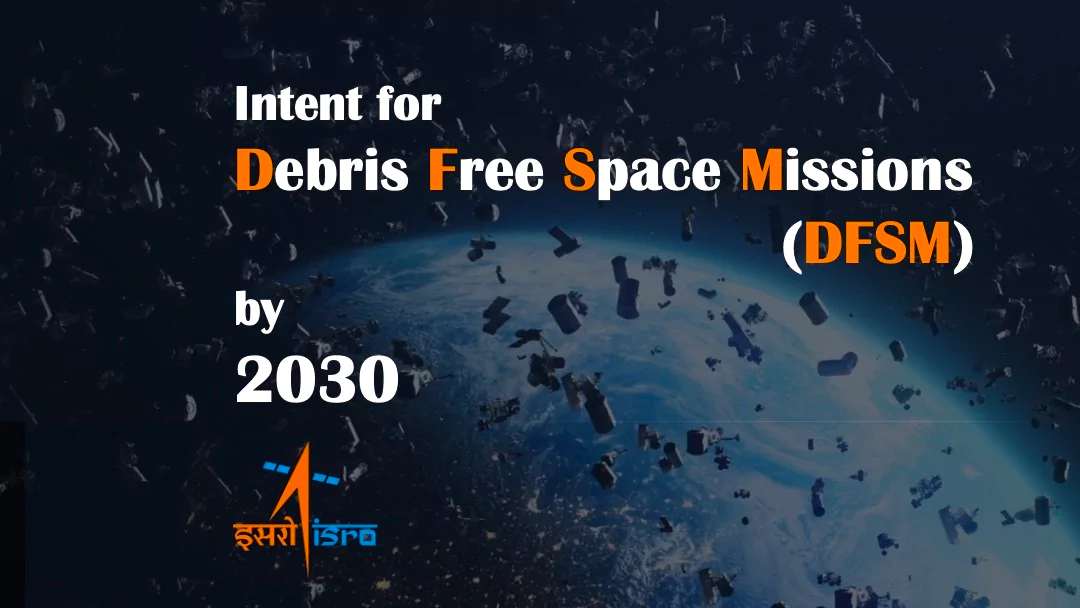Context
Recently, Twelve nations have signed the Zero Debris Charter at the ESA/EU Space Council to make space activities debris neutral by 2030.
The European Space Agency (ESA):
- It is Europe’s gateway to space.
- Its mission is to shape the development of Europe’s space capability and ensure that investment in space continues to deliver benefits to the citizens of Europe and the world.
- ESA’s headquarters are in Paris.
EU Space Council:
- ESA’s governing body, the Council, is responsible for drawing up Europe’s space activities and ensuring the long-term funding of agency activities.
- Each ESA Member State has one vote and is represented by a Council delegate from the ministry responsible for space activities in each Member State.
|
About Zero Debris Charter

- The Zero Debris Charter is written by and for the global space community with the aim of shaping the global consensus on space sustainability.
- The Zero Debris Charter is a world-leading effort to become debris neutral in space by 2030
- It was unveiled at the ESA Space Summit in Seville meeting in November 2023.
- It emphasizes gathering a wide and varied array of space entities to define ambitious and measurable space debris mitigation and remediation targets.
- Country Involved : Austria, Belgium, Cyprus, Estonia, Germany, Lithuania, Poland, Portugal, Romania, Slovakia, Sweden and the United Kingdom have all pledged to adhere to the charter.
- In addition to the 12 countries, the European Space Agency also signed the Zero Debris Charter as an International Organisation (IGO).
- Significance: It will solidify their commitment to the long-term sustainability of human activities in Earth orbit.
Enroll now for UPSC Online Course
| Kessler Syndrome:
It is a possible effect that if one satellite produces debris that hits another satellite, this will create a chain reaction that will obliterate every orbiting object in low earth orbit(LEO), and thus creating a thick cloud of white dots traveling at high speed. |
What is Space Debris?
Space debris is defined as all non-functional, artificial objects, including fragments and elements thereof, in Earth orbit or re-entering into Earth’s atmosphere.
- Space debris tracked by radar and optical detectors.
- Human-made space debris dominates over the natural meteoroid environment.
- Space Debris ESA estimates that there are currently more than one million pieces of space debris larger than one cm in Earth orbit.
- Each of these objects is capable of causing catastrophic damage to space assets.
- Risk due to Space Debris : If quick and decisive action is not taken to improve the sustainability of space activities,exponential growth of this debris population will pose an ever-increasing hazard to satellites and astronauts and could render some orbits entirely unusable.
India’s Efforts to mitigate Space Debris

- Debris-Free Space Missions (DFSM) by 2030 : The Indian Space Research Organisation (ISRO) is committed to ensuring that all future space missions are designed to be debris-free by 2030.
- This initiative involves incorporating technologies and practices that minimize the generation of new space debris.
- System for Safe & Sustainable Space Operations Management (IS4OM) : It aims to enhance the safety and sustainability of space operations.
- This system improves the tracking, monitoring, and management of space objects to ensure safer space activities.
- Project NETRA (NEtwork for Space Object TRacking and Analysis) : Project NETRA is ISRO’s space situational awareness initiative focused on tracking and analyzing space objects.
- It provides critical data for collision avoidance and debris mitigation, contributing significantly to space safety efforts.
- Space Situational Awareness Control Centre (SSACC): ISRO has set up a SSACC to protect its high-value assets from close approaches and collisions with inactive satellites, pieces of orbiting objects, and even near-earth asteroids.
- Zero Debris Milestone : Recently, Indian Space Research Organisation (ISRO) attained a significant milestone in space debris reduction, stating that its PSLV-C58/XPoSat mission left Zero debris in Earth’s orbit
International Efforts to Mitigate Zero Debris
- Currently there are no specific international laws addressing debris in Low Earth Orbit (LEO), most space-faring nations adhere to Space Debris Mitigation Guidelines 2002, endorsed by the United Nations in 2007.
- Efforts by Various Space Agencies:
- USA: NASA Orbital debris program since 1979.
- Japan: Commercial Removal of Debris Demonstration (CRD2) and
- China: Debris Removal through spacecraft with solar sails.
Enroll now for UPSC Online Classes
![]() 27 May 2024
27 May 2024

